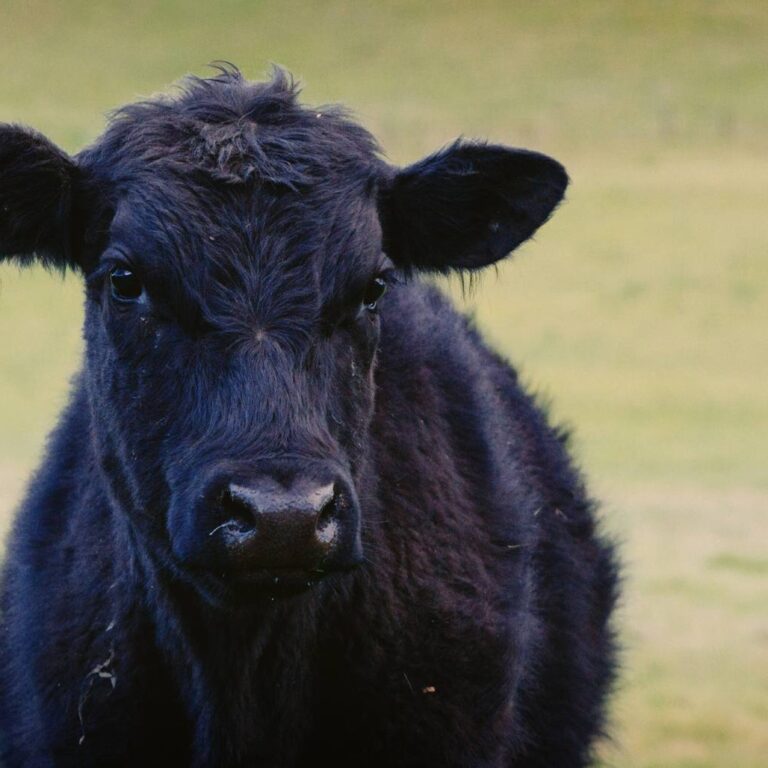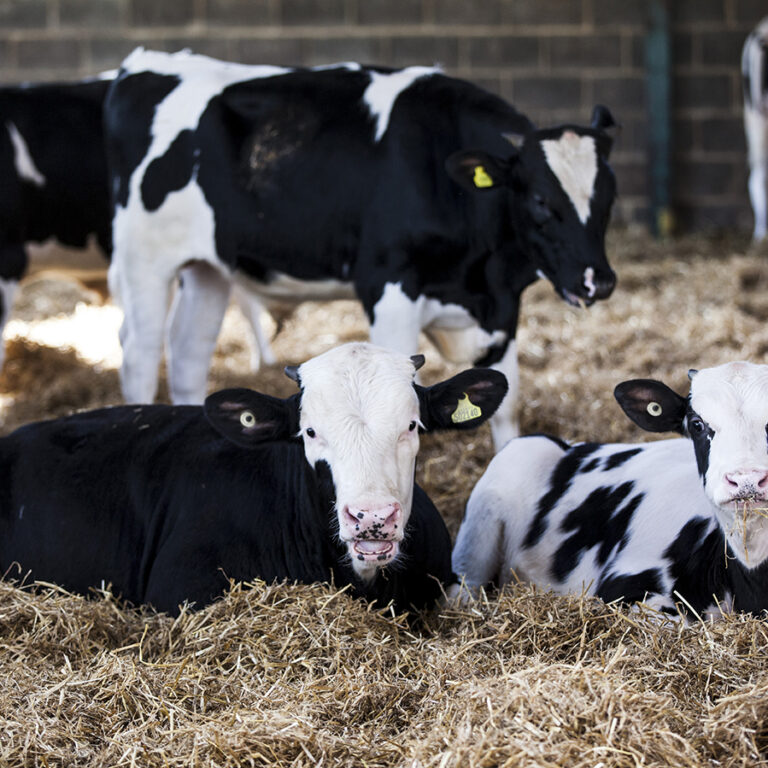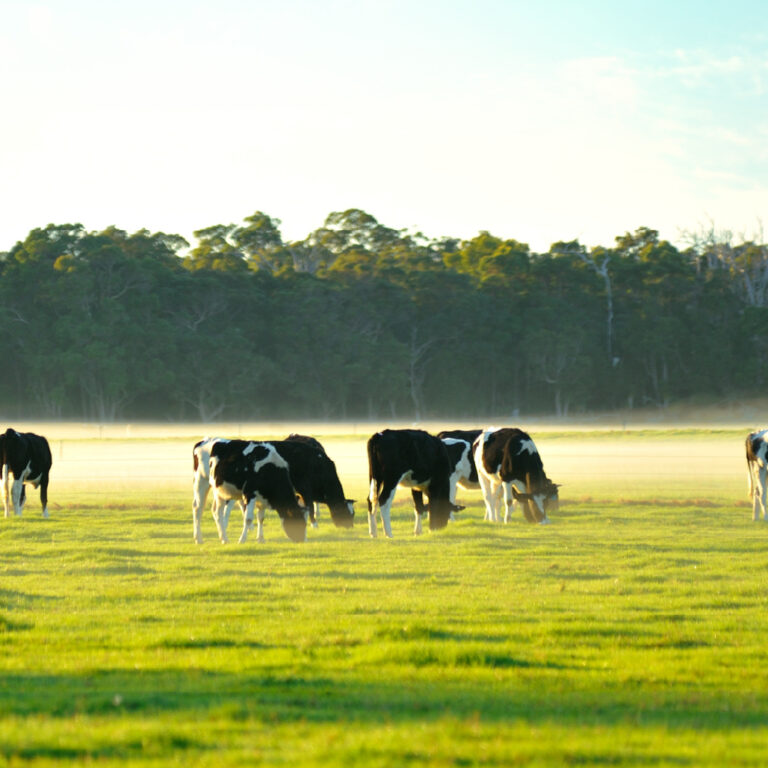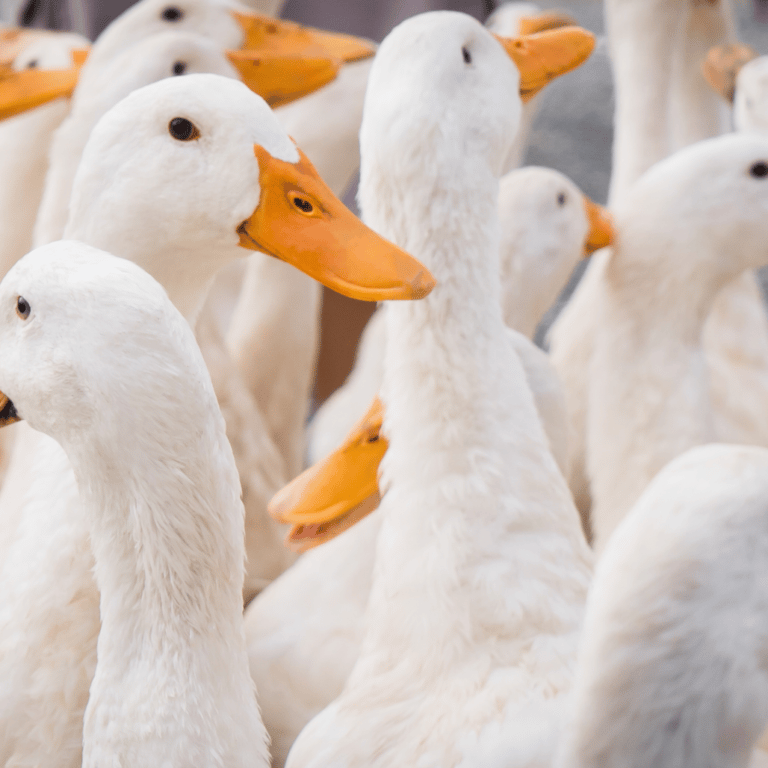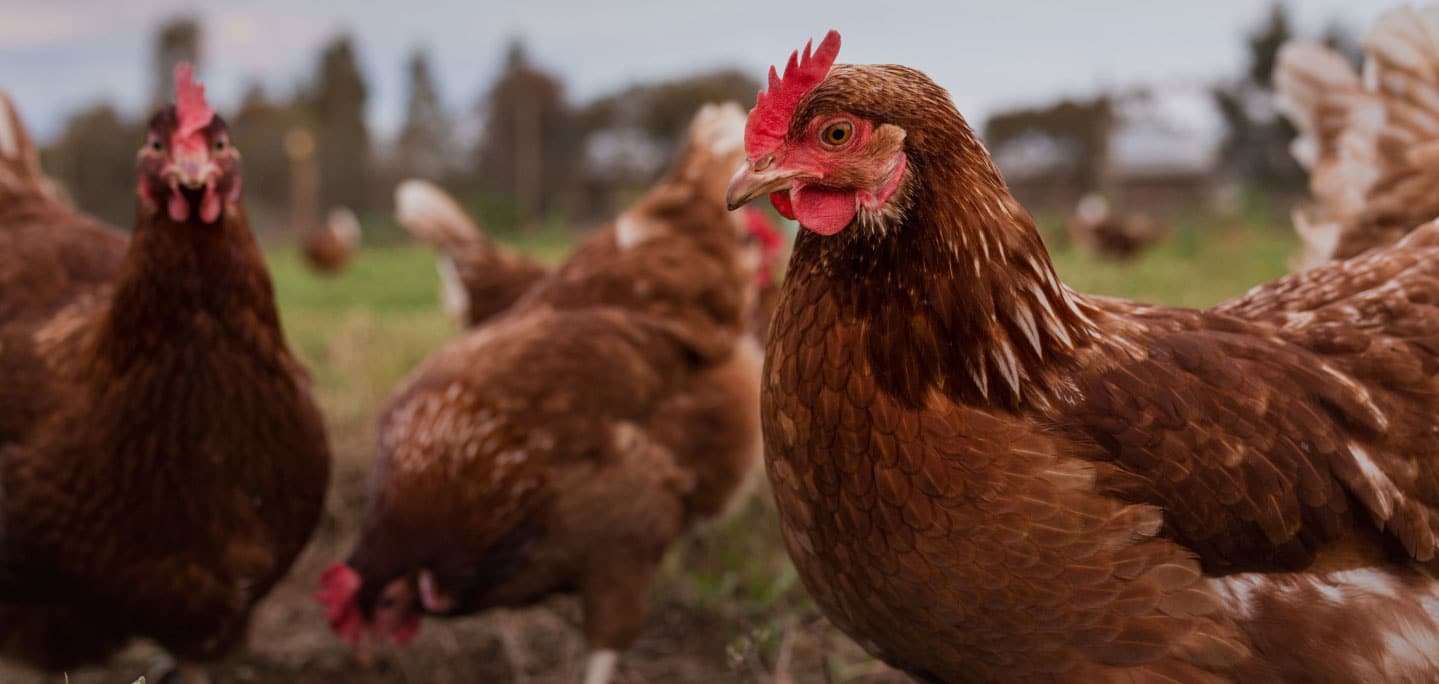We recently looked at eggs, chicken, pork and fish and what the animals farmed to produce these products need to live a good life. These are some of Australia’s most intensively-farmed animals, so providing things like more space to move, perches for birds and comfortable bedding for pigs makes a big difference.
But what about meat products such as duck and veal that aren’t as common in the shopping trolley but are often found on restaurant menus? Or what about dairy, beef and lamb? What do these animals need to have a good life? We’ve taken a look…
Duck
Around 8 million ducks are farmed in Australia every year. These ducks are farmed predominantly for their meat. Like chickens, the majority of ducks are farmed in large cage-free barns. For good animal welfare, ducks need space to move around freely, adequate light and dark periods, dry litter covering the floor and importantly access to water for preening their feathers and cleaning their eyes and noses. Preening and cleaning are basic behaviours that come naturally to these water birds so providing water is crucial to maintaining good duck welfare.
Dairy
While the majority of Australian dairy cows spend most of their days on pasture, there are still welfare issues to be aware of. Did you know a cow has to give birth to a calf in order to produce milk? What happens to this calf and what are the possible welfare issues for the cow from being pregnant, lactating and milked in a continuous cycle?
For good animal welfare, dairy cows should be free from lameness and other painful conditions like mastitis. They should be provided with pain relief for painful procedures and not induced to give birth to premature calves in order to manage milking timeframes. Female calves will often be raised to become part of the milking herd while male calves, being unable to produce milk, are considered a by-product and often sent to slaughter at just 5 days old. Ideally, these male calves (called bobby calves) should be raised for veal and other products, increasing their value. Both male and female calves should be raised in groups where they can play and socialise with other calves. They should be housed in a clean, comfortable environment with access to dry bedding and the enough milk so they aren’t hungry.
Veal
Veal is meat produced from dairy or beef calves aged 6-12 months. Usually calves are raised for veal on specialist calf-rearing farms and are housed in large barns, with some also having access to pasture. For good animal welfare, calves need good health and nutrition, comfortable housing with plenty of bedding and room to move around, the opportunity to suckle, chew and ruminate, the company of other calves to play and socialise with, and low-stress handling by stockpersons.
Beef and lamb
The extensive nature of beef and lamb production in Australia means these animals are not generally affected by the same welfare concerns faced by more intensively farmed animals like poultry and pigs. Nevertheless, there are still aspects of beef and lamb production that need to be considered for good animal welfare.
Cattle and sheep should be provided with good quality pasture and water and have access to shade and protection from weather extremes year round. Have you ever driven past a herd of cows or flock of sheep and noticed there weren’t any trees in the paddock? Shade and shelter are also incredibly important in feedlots. Feedlots are where, after being raised on pasture, cattle and sheep are held in groups in close confinement and fed a grain-based diet as a means to ensure they reach a specific weight and meat quality. Sheep shouldn’t be mulesed and, if castration and tail docking are considered necessary, pain relief must be given. Similarly, cattle shouldn’t be dehorned and pain relief must be provided if castration is considered necessary.
Each year, thousands of Australian cattle and sheep are exported live to countries in Southeast Asia and the Middle East. These animals are sent to these countries to be slaughtered locally for meat or, in the case of dairy cows, for further breeding to increase and improve local herds through breeding programs. These voyages are long, cramped, lack bedding, have unreliable access to food and water; heat stress is all too common leading to an average on-board mortality rate for sheep that’s four times higher than on farm. For this reason, the RSPCA has been calling for an end to live sheep export and supports a chilled meat trade to these countries.
What to look for
By supporting humane farming practices we can make a real difference to the lives of millions of farm animals, today.
With the recently released RSPCA Approved Farming Scheme Standards for dairy veal, the RSPCA is hoping to work with dairy farmers and calf rearers to improve the on-farm welfare conditions for calves and bring higher welfare veal products to the Australian market. If you have a favourite veal brand or would like to buy humanely-farmed veal, please get in touch with the brand owner and let them know animal welfare is important to you.
Likewise, if you eat duck, dairy, beef or lamb and are unsure about the welfare of the animals used to produce your favourite brands, contact them and ask them what they’re doing to improve the welfare of farm animals in their supply chain. We hope that the information in this blog is a useful conversation starter!!
**
Want more? Read our previous post Why does the RSPCA support humane food? and How does Australian farm animal welfare stack up?

